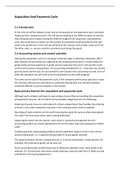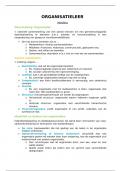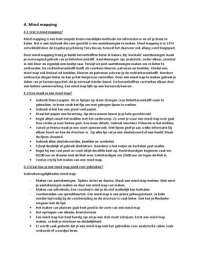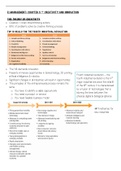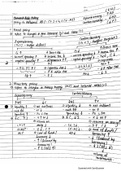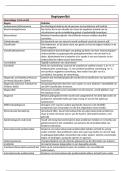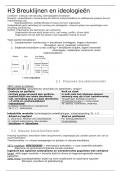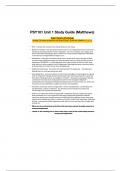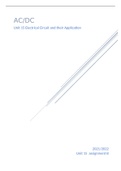Samenvatting
Summary Auditing (Aud)
- Vak
- Instelling
There are various costs which are incurred when running a business for example goods bought for consumption and resale as well as other services. The acquisition and payment for these goods and services is what constitute this acquisition and payment cycle. The acquisitions and payment cycle deals ...
[Meer zien]
